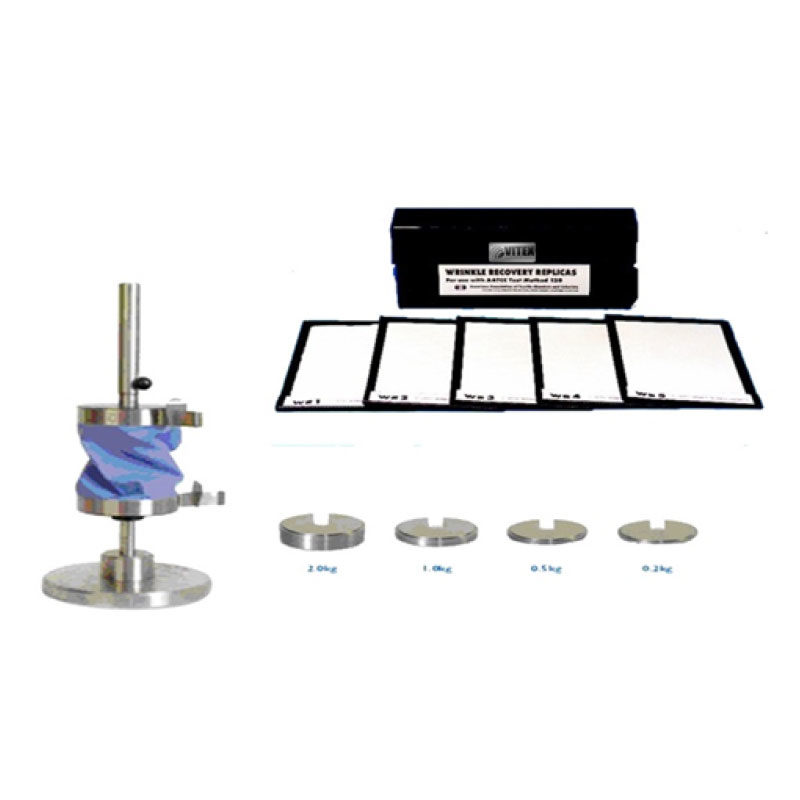Application
AATCC Wrinkle Recovery Tester is used for determining a fabric’s ability to recover after wrinkling under a pre-determined load for a set period of time.
A set of 5″x3″ dimensional plastic replicas is offered on request to grade the test samples 1 ~ 5.
Optional order
AATCC Wrinkle Recovery Tester Plastic Replicas (Set of 5)
Standards
AATCC 128, ISO 9867, ENKA 3061
Weight
5 Kg
Dimensions
150 x 150 x 330mm (L x W x H)



